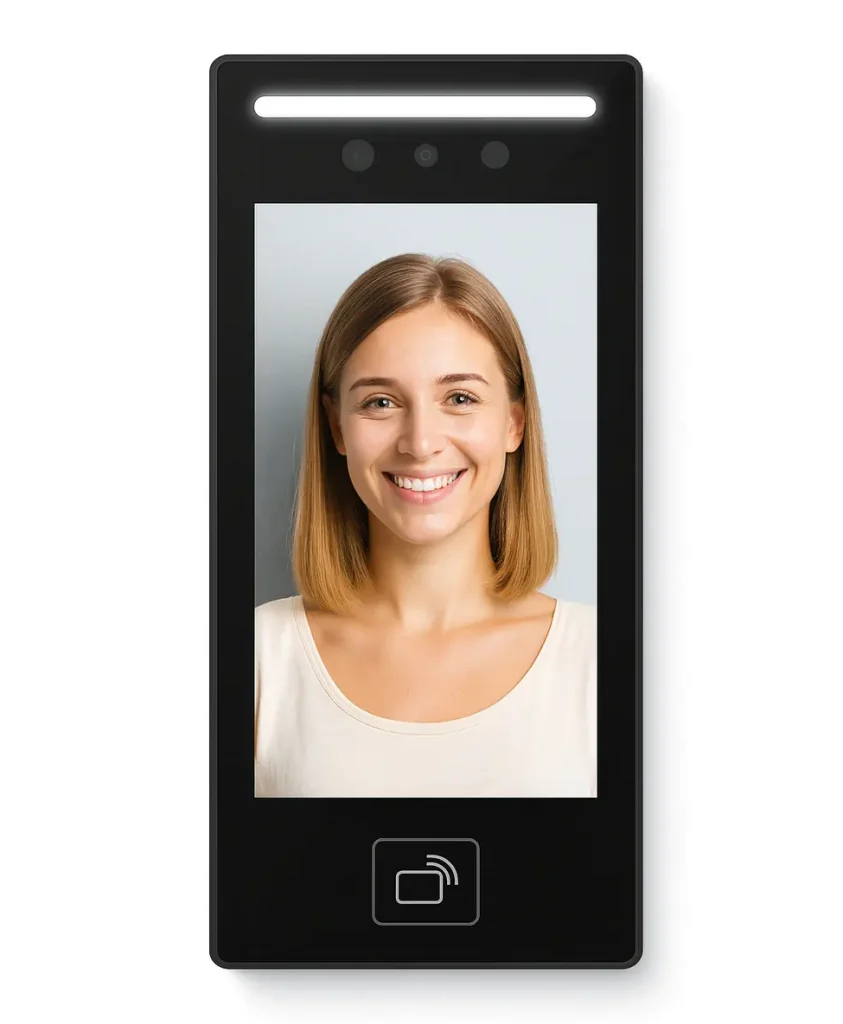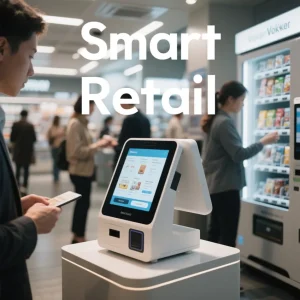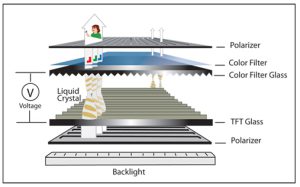Modern biometric terminals rely heavily on the quality of their face recognition display and embedded compute platform. Whether used for access control, visitor management, smart buildings, industrial gates, or unmanned kiosks, these devices must deliver fast processing, high visibility, and reliable performance in all environments.
This guide explains how to choose the right display size, brightness level, touchscreen type, and embedded board (RK3576, RK3566, RV1126B) for different categories of face recognition terminals.
Why the Face Recognition Display Is Critical
A face recognition display plays two roles: it serves as the main UI interface for user interaction and as a visual component that must remain readable under various lighting conditions.
Its quality directly affects recognition accuracy, outdoor readability, user experience, and long-term reliability. High-brightness IPS screens with optical bonding are now standard choices for commercial biometric systems.
Recommended Display Sizes for Face Recognition Terminals
Choosing the right display for face recognition terminals depends on installation environment, user distance, UI requirements, and industrial design.
1. 5-Inch Portrait Display (Most Popular for Access Devices)
The 5-inch 720×1280 portrait module RK050BHD206A0 has become the industry standard for access control and attendance devices.
It offers the best balance between size, UI flexibility, cost, and product form factor. A high-quality 5-inch face recognition display typically includes:
- IPS wide viewing angle
- Brightness from 500 to 1000 nits (semi-outdoor capable)
- Optical bonding to reduce reflections and improve contrast
- Support for 1.1-2.0 mm thick cover glass
- MIPI interface for modern embedded boards
This size is ideal for compact biometric terminals installed at door entrances, turnstile columns, elevator panels, and enterprise attendance stations.

2. 7-Inch Landscape Display (For Turnstiles and Visitor Terminals)
For lobby reception devices, visitor kiosks, and turnstile systems, a larger screen is often preferred. Two industrial resolutions dominate this segment:
A 7-inch face recognition display allows richer layouts, including dual-camera previews, QR codes, status messages, and navigation elements.
Brightness levels up to 1500 nits and optical bonding ensure readability even under direct sunlight.
3. Compact Displays (3.5”–4”) for Smart Locks and Peepholes
For space-limited devices like smart locks, peephole cameras, and battery-powered terminals, 3.5-inch and 4-inch displays are widely used.
Durability, low power consumption, and thick cover glass protection (IK08/IK10) take priority over UI area.
Display Technologies That Improve Recognition Performance
To maximize system reliability, a face recognition display should include:
- High brightness: 700–1500 nits for outdoor visibility
- Optical bonding: eliminates glare, fogging, and Newton rings
- Wide temperature range: −20°C to 70°C or −30°C to 85°C
- Thick cover glass: 1.1–6 mm for vandal resistance
- PCAP touch: responsive with gloves/wet fingers and high EMI immunity
An industrial-grade face recognition display with these features significantly improves outdoor performance and user interaction stability.
Embedded Board Choices for Face Recognition Terminals
The display must work closely with the compute module. Choosing the right
embedded board for face recognition determines system speed, accuracy, and long-term availability.
RK3576 – High-Performance Flagship Solution
The RK3576 face recognition board is ideal for high-end biometric systems.
It delivers strong AI inference performance, supports multiple cameras, and drives high-resolution displays such as
720×1280 and 1280×800.
- Ultra-fast face detection and matching
- Enhanced GPU and UI rendering performance
- Android 13 / Linux support
- Long-term availability for mass production
RK3576 is recommended for turnstiles, large visitor terminals, and multi-sensor systems requiring premium performance.

Rockchip RK3576 SBC – Application Scenarios
RK3566 – Proven Mid-High-End Platform
RK3566 remains the most widely deployed solution for conventional biometric terminals. It offers excellent stability, cost balance, and a mature ecosystem.
Typical devices powered by RK3566 include:
- 5-inch access control devices
- 7-inch visitor terminals
- Enterprise attendance machines
Its performance is ideal for mass-market face recognition terminals where cost and reliability are important.
RV1126B – Camera-Focused AI Chip
The RV1126B AI camera chipset is suitable for small consumer devices, smart locks, and home terminals. It provides strong ISP performance and lightweight AI inference at a very competitive cost.
Combined with compact 3.5–4-inch displays, RV1126B enables simple, low-power face recognition devices.
Industrial Design Trend: All-Black Integrated Front
More brands are adopting an “all-black” design where the display, touch panel, and camera area merge into a single uniform surface. This modern aesthetic enhances durability and makes devices suitable for luxury buildings, offices, and hotels.
- Cleaner, premium appearance
- Full-surface cover glass
- Perfect match with optical bonding
- Improved user experience
Recommended Hardware Combinations
Here are the most common and reliable combinations:
- 5″ 720×1280 + RK3566 – mainstream access control
- 5″ 720×1280 + RK3576 – premium compact devices
- 7″ 1024×600 / 1280×800 + RK3576 – turnstiles & visitor kiosks
- 3.5″/4″ + RV1126B – smart locks and small terminals
By matching a high-quality face recognition display with the right embedded board, manufacturers can deliver fast, reliable, and visually appealing biometric devices for the next decade.







